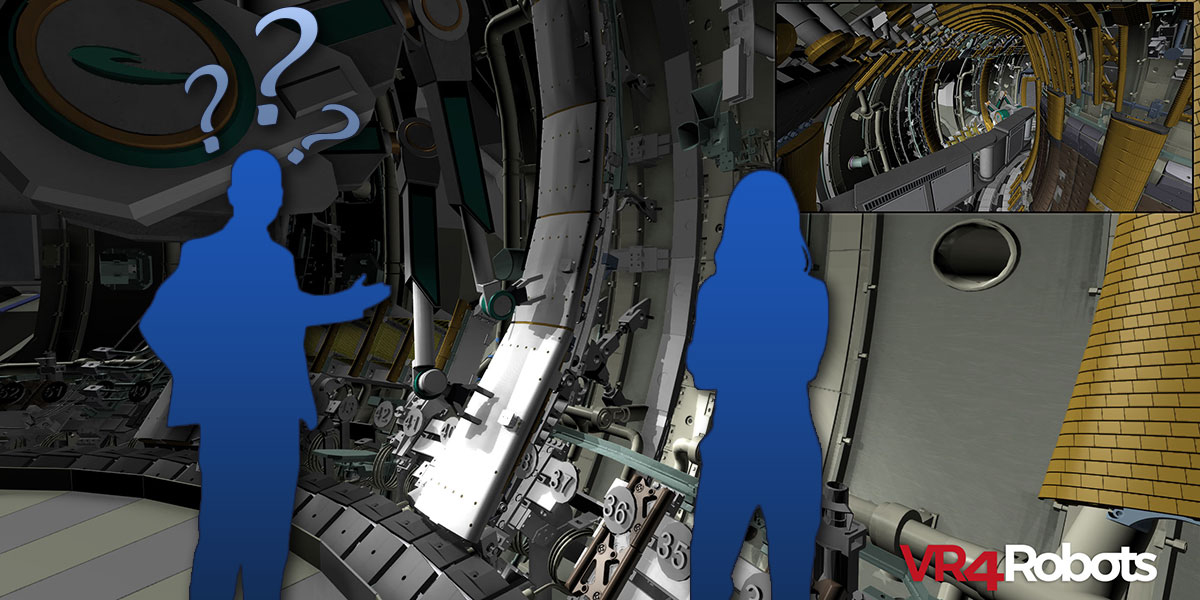3 Common Misconceptions About 3D Simulators For Offshore And Remote Handling Operations

There are two important reasons why advanced 3D simulation is the ideal solution for delivering operational training on expensive offshore and remote handling equipment. Firstly, training takes place within a realistic and safe setting. Secondly, the actual equipment is not required for training purposes.
However, the value that advanced 3D simulation technology can add to these types of projects extends way beyond training. In fact, bringing it in at an early stage can add value to every step of the process, including validation, monitoring, testing, and visualisation. So let’s address some of the common misconceptions around 3D simulation and uncover its true engineering and operational potential.
1. Simulation And Animation Are The Same Thing
There’s often a misconception that advanced 3D simulation is the same as 3D animation. This is not the case, and here’s why:
- Animation involves the modelling, animating, and rendering of a 3D model to give the illusion of movement. This involves pre-programmed techniques such as scaling, rotating, or re-locating a model. It’s a process commonly used in the creation of animated films and commercial visualisations.
- Simulation is the imitation of a real-world environment or process, as well as the effects of user interactions over time. 3D equipment models replicate the physical processes and systems of their real-life counterparts, and the simulator, or digital twin, shows the effects of actions taken, and the impact of environmental conditions – such as forces causing soil displacement or wind affecting the behaviour of a vessel.
2. Training On ‘Real’ Equipment Is Always Better
Sometimes people can have a preconceived notion that training on real equipment is the only practical way to learn how to use complex and expensive offshore and remote handling technology. This belief may have its roots in the fact that computer hardware was still limited in the past decades. However, in present times, state-of-the-art technology enables real-time simulation of complex equipment up to a level of realism that is entirely sufficient for trainees to gain the required level of experience.
3D simulation uses real-life data and physical properties to create a digital twin of real-world equipment and environments. It can even be used to model and visualise equipment in action before it goes into production. In that sense, 3D models are ‘real’ equipment, because what you get is an accurate digital representation of equipment interacting with a realistic virtual environment, following the laws of physics. Furthermore, physical controls and hardware can be connected to the simulation to complete that real-world look and feel.
However, a simulator goes one step further than training on real equipment. That’s because with the actual equipment, it’s not possible to train an operator on every eventuality, unless a critical event is happening in real life – in which case hopefully someone more experienced would be at the controls.
3D simulators enable operators to train for all kinds of situations, from a severe change in weather conditions which impacts visibility to mitigating a potential nuclear disaster. In a virtual environment, all kinds of dangerous scenarios can be safely played out to prepare operators for possible eventualities. For example, in heavy lifting, it is vital that the tugger line does not break, so the crew stays safe and expensive payloads are not lost or damaged. Simulators enable operators to react and mitigate these scenarios in real-time.
3. Simulation Is For Training Purposes Only
Advanced 3D simulation technology is undoubtedly a sophisticated and powerful solution for training operators on how to use offshore and remote handling equipment. But it also has a much broader scope than what people sometimes imagine.
Baked in from the very start of an engineering project, simulation can support the design, testing, and validation of complex offshore and remote handling equipment. Whilst being able to offer a life-like virtual training environment is important, 3D simulation is also a powerful tool in the entire life cycle of complex machinery.
From validating designs from any viewpoint, to road-testing new software updates to control systems before they go live, and even live 3D visualisation to monitor ongoing operations; digital twins can add value at every step of an offshore and remote handling project.
Interested in the end-to-end benefits of advanced 3D simulation technology? Talk to Tree C.